|
Teachers of Multilingual Learners have unique roles, special jobs! They not the same as most of the other teachers in the building. Here are a few articles to help get the year started on the right foot.
4 Things You Can Take OFF of Your List Before School Starts 3 Common 1st Day of School Mistakes Things To Do with MLs During the 1st WEEK of School 5 Ways to Start Off Your Class Period with MLs The F-Word. Fidelity & Why it May Be a Fallacy for EL InstructionBuzzwords in education are like mosquitos. They are here for a while and during that time they become very annoying. Lately, many educators are hearing one certain F word frequently in regard to programs and curriculum.
FIDELITY Multilingual learners (MLs) are amongst the fastest growing population in the United States. MLs come from diverse linguistic and cultural backgrounds. The assets they bring to classrooms are sometimes underrecognized leaving these students struggling linguistically and academically. Many teachers of MLs want to provide instruction that meets their needs but find themselves not knowing how to help and feeling overwhelmed.
This is where Universal Design for Learning (UDL) enters and has been known to support and benefit MLs. What is UDL? No. It’s how we engage students with the objectives that makes magic! For years, teachers at the campus where I worked were asked to post objectives clearly on the board. I, like many of my colleagues, did this. I followed the directive given and posted the objectives. As administrators walked by and conducted the obligatory walk-throughs I was always given the pat on the back for having objectives. Yet, they were a bureaucratic check mark in many ways. I complied with what I was asked to do.
Then one amazing day at a workshop the presenter empowered me with how to use objectives with my learners…as a tool for their own learning and it was a magical. Here’s what I learned. Last year this article was shared and greatly loved. This year, I'm adding to it to include one additional support.
Multilingual learners count on us to provide high-quality, comprehensible, and culturally responsive instruction in each lesson in every classroom. Here are 23 practical and efficient ways (in no particular order) we can support multilingual learners as they climb to become our future global leaders. *The terms multilingual, emergent bilingual, and English learner are used interchangeably in this article and also include the acronyms MLs, EBs, and ELs. Teachers of multilingual learners or English learners need many tools and supplies in their toolbox. And they may travel from class to class or even school to school. Here are a few of my own favorite classroom essentials.
Teaching multilingual children is a gift. It’s truly a joy. In my own classroom, I learned so much from my students, especially those that spoke more than one language.
Over the years, one thing I learned from experience as well as through professional learning is that each student deserves to be seen and served individually. No one size fits all approach works. While differentiation may seem daunting, it’s actually not that scary. Dr. Stephen Fleenor describes differentiation as “not creating individualized lessons...it is creating environments in which students at all different levels, all different proficiencies...can each thrive and each grow one level up in that lesson”. Dr. Fleenor offers two wise suggestions for creating of environments that offer differentiation: When I left the comfort of my own classroom to become an ESL teacher, I didn’t know that I would have to become intentional about building relationships with the mainstream classroom teachers I worked with. But I learned quickly.
Healthy, productive relationships between mainstream teachers and ESL teachers don’t happen on their own magically. Like most relationships, thought, planning, and careful execution takes place for a truly happy relationship to develop. Over the years, here’s what I learned as an ESL teacher about creating relationships with mainstream teachers. What is the Hidden Curriculum in Your Classroom?
The written curriculum can actually be quite easy to identify. It’s stated in the lesson plans. It’s part of our instruction. But what's hiding in the curriculum? What about the messages we send that are not written out explicitly and not spoken directly. The hidden or unwritten curriculum instead is found when we read between the lines. These are the messages we send to students. And often they speak more loudly than the written curriculum. What is the hidden curriculum in your classroom? |
Categories
All
|

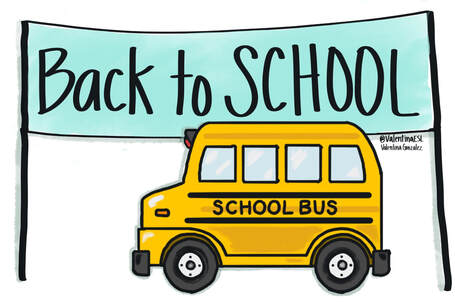

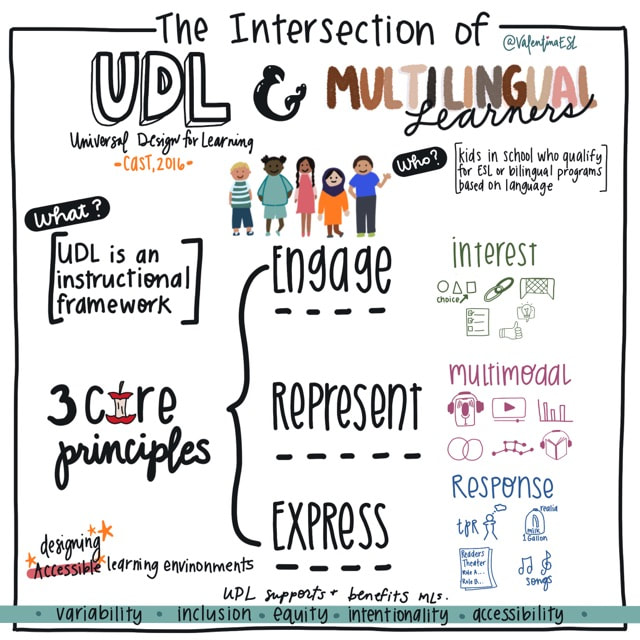
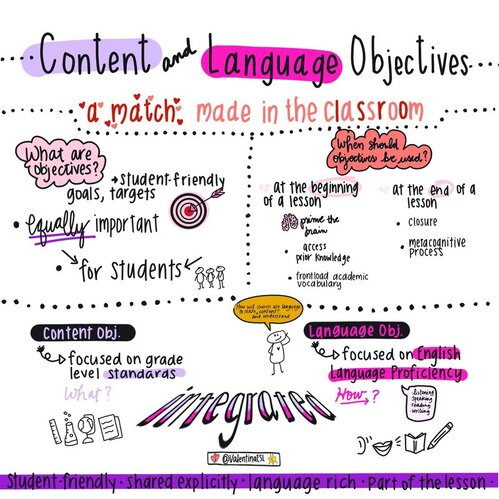
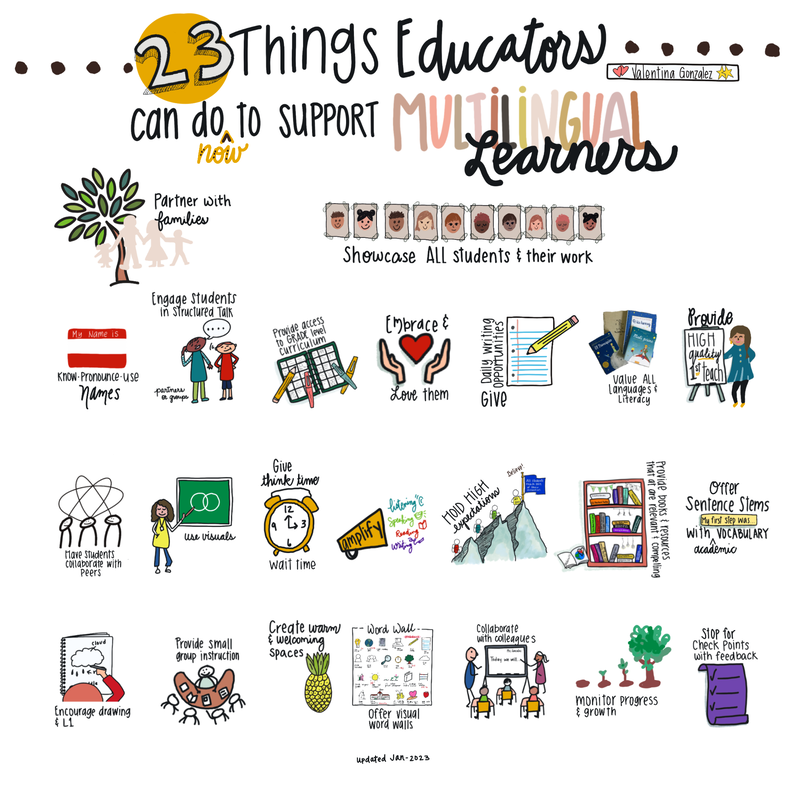
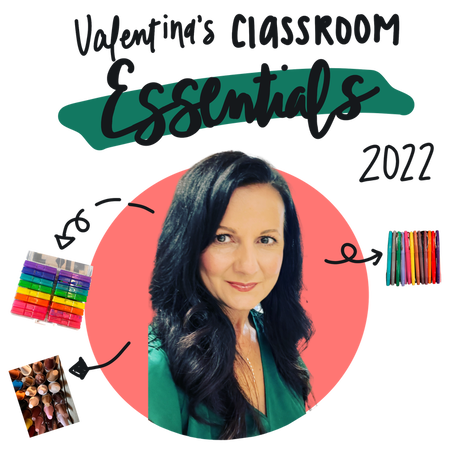

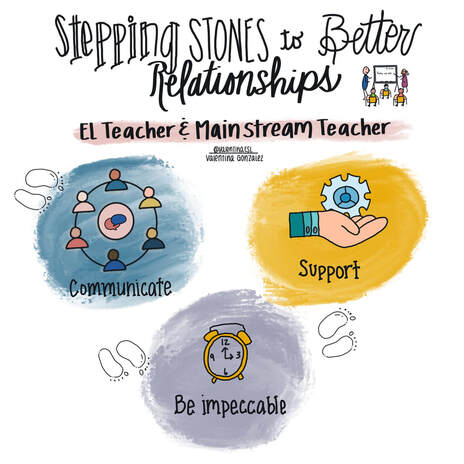

 RSS Feed
RSS Feed
